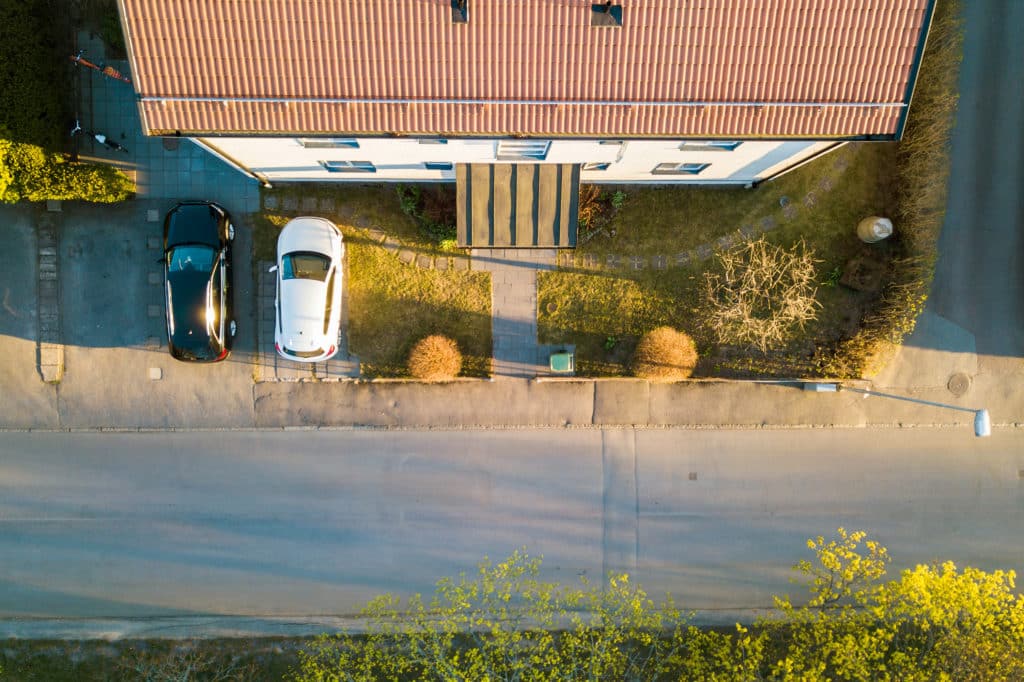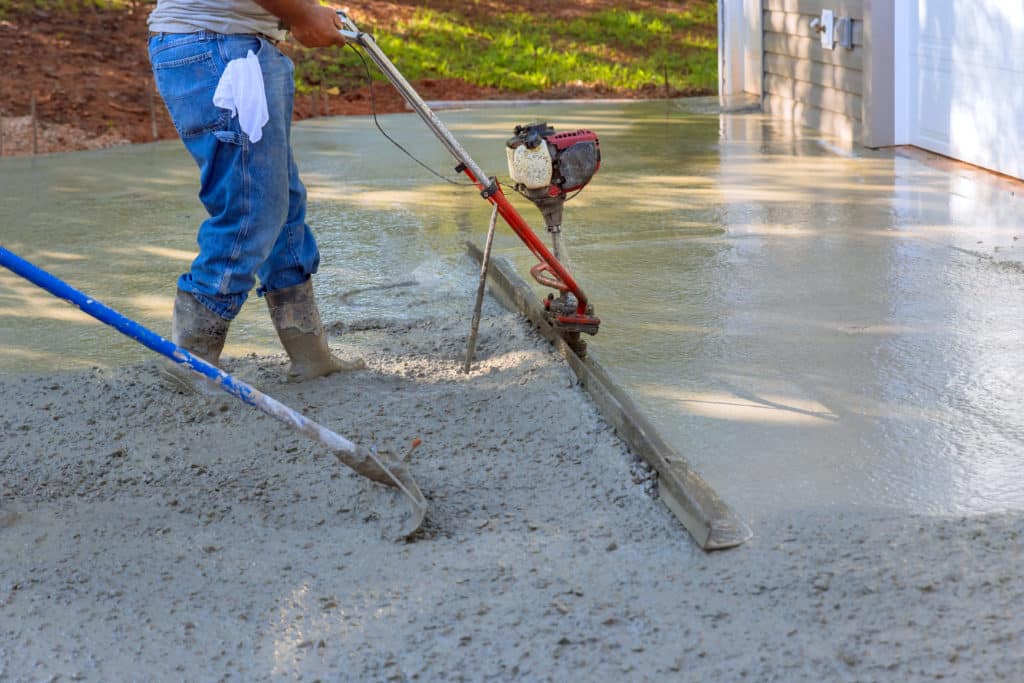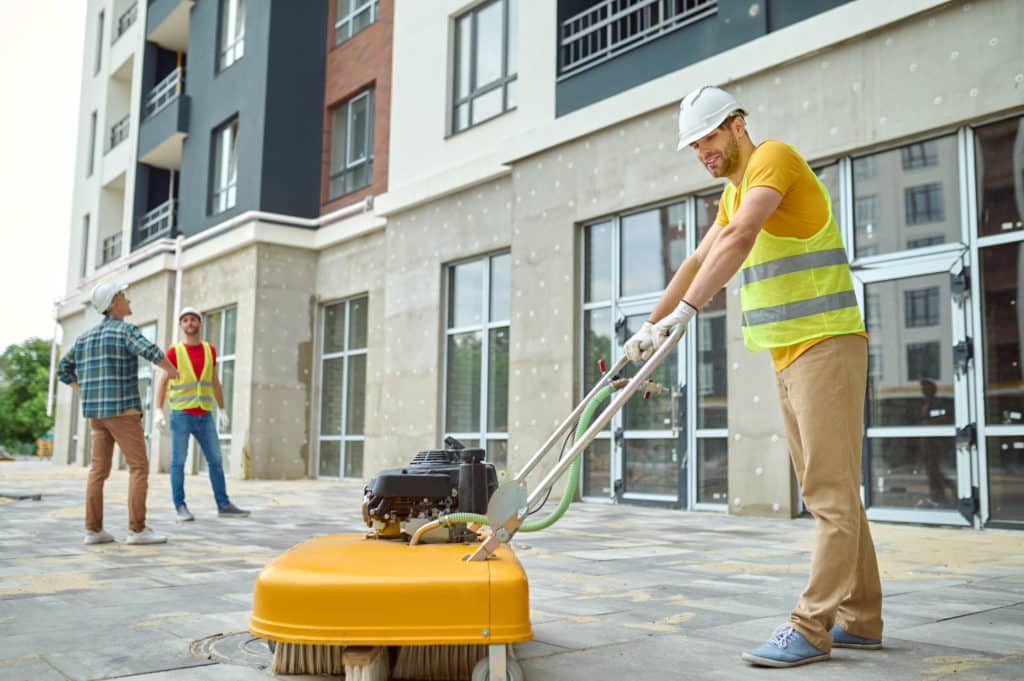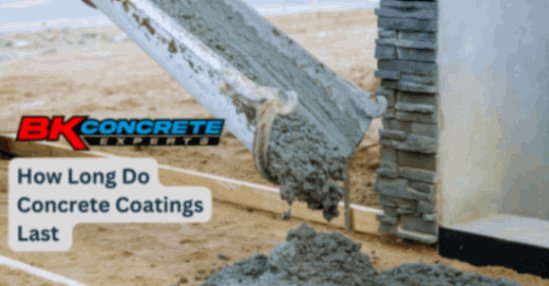An uneven driveway is not just a cosmetic issue, but it can also lead to more significant problems such as tripping hazards, water damage, and vehicular wear and tear. Over time, various factors like weathering, poor installation, or soil movement can cause driveways to crack, sink, or become uneven. Homeowners may observe that their driveway has developed dips, slopes, or cracks that can accumulate water or make shoveling snow more difficult.
Addressing the problems of an uneven driveway involves understanding the underlying causes and exploring appropriate repair solutions. Some driveways may benefit from lifting techniques that raise sunken concrete, while others might require filling and sealing of cracks or a complete resurfacing. Modern repair solutions offer an assortment of efficient and cost-effective methods to restore driveways, extending their lifespan and improving safety and appearance.
Professionals who specialize in driveway repair can provide assessments and tailor solutions to specific situations, ensuring that the repairs are durable and effective. With several repair options available, from concrete lifting to full replacements, it is possible to address the uneven surfaces and protect against future deterioration. The key is to tackle these issues promptly to avoid more extensive damage and higher repair costs in the long run.
Understanding Uneven Driveways
Uneven driveways are a common issue that homeowners face, impacting both the function and aesthetic of their property. It’s essential to identify the causes and contributing factors to address and prevent further damage effectively.
Causes of Uneven Concrete
Concrete driveways can become uneven due to a variety of reasons. Erosion-prone soil and expansive soil are two predominant factors. Erosive soil fails to provide a stable foundation, leading to concrete slabs sinking or tilting. Expansive soil swells when moist and shrinks during drought, causing movement and potential cracking.
Impact of Soil and Environmental Conditions
The stability of a driveway is hugely dependent on the supporting ground and environmental factors. Soil conditions like compaction and moisture content play a significant role. Changes like seismic events can also shift the soil, making previously even surfaces uneven.
Recognizing Damage from Tree Roots
Invasive tree roots grow beneath driveways, exerting pressure that can cause concrete to lift and crack. This results in an uneven concrete driveway that may pose a tripping hazard and can deteriorate further if left unaddressed. Identifying and managing the growth of tree roots is crucial for maintaining a level driveway surface.
Preparation and Repair Strategies

Repairing an uneven driveway requires meticulous preparation and a clear understanding of repair methods. The process varies depending on whether the homeowner opts for a do-it-yourself approach or professional services.
Site Preparation for Repair
Proper site preparation is critical before any driveway repair begins. First, all debris, including dirt, leaves, and sticks, should be cleared from the surface. For effective concrete repair, one should also ensure that any nearby tree roots causing disruptions are addressed. Second, it is recommended to assess the overall condition of the concrete to determine the extent of damage and the most suitable repair strategy.
Methods of Concrete Leveling
There are two common techniques for leveling concrete driveways: mudjacking and polyjacking. Mudjacking involves drilling holes in the concrete and pumping a slurry mixture beneath the slab to raise it to the correct level. On the other hand, polyjacking uses a polyurethane foam that expands after injection into holes drilled in the concrete. This method is less invasive and offers a quicker curing time.
DIY vs. Professional Repair
When it comes to driveway repair, homeowners must decide between tackling the project as a DIY project or hiring professionals. DIY repair might be cost-effective for minor issues, but it requires a certain level of skill and understanding of the materials. Conversely, professional repair services might be a more reliable option for significant repair needs, ensuring that the job is completed correctly with the right equipment and materials. They can expertly handle both mudjacking and polyjacking, providing a lasting solution to the uneven driveway problem.
Concrete Driveway Repair Techniques

In addressing uneven concrete driveways, property owners can consider several effective repair techniques. These methods directly deal with common issues such as cracks, settlement, and poor drainage which can arise from heavy traffic and improper installation.
Dealing with Cracks and Settlement
Concrete driveways often exhibit signs of wear such as cracks and settling. Crack repair can typically be addressed by using patching materials designed to bond with existing concrete, offering a durable solution. For areas where the driveway has settled, slabjacking or mudjacking can be employed to lift the concrete back to its original position. The process involves injecting a cement slurry or polyurethane foam beneath the slab to raise it, thereby rectifying the uneven surface caused by settling.
Improving Drainage and Stability
Proper drainage is vital for maintaining the stability of a concrete driveway. Improving drainage may involve regrading the surface or implementing drainage solutions like French drains to channel water away. In addition, the base and sub-base layers should be carefully constructed to ensure stability, especially in areas subjected to heavy traffic. A well-compacted sub-base prevents future settling and reduces the need for extensive repairs.
Finishing Techniques After Repair
Following the structural repairs, finishing techniques restore the aesthetic appeal of the driveway. Techniques include resurfacing the entire driveway to ensure a uniform look, sealing to protect against future wear, and texturing or stamping the concrete to add decorative elements. These finishing steps not only enhance the driveway’s appearance but also extend its lifespan and improve resistance to further damage.
Maintenance After Repair

Following the repair of an uneven concrete driveway, diligent maintenance is essential to ensure the longevity of the surface and prevent future issues. This entails regular monitoring and addressing small problems before they escalate.
Regular Inspection and Upkeep
One should schedule biannual inspections to identify any developing issues with their concrete driveway. Look for signs of cracking or unevenness that could indicate subsurface problems. Employing a pressure washer at least once a year helps in removing dirt and debris that can wear down the driveway material over time.
Prevention of Further Damage
To protect the repaired driveway, apply a waterproof sealing coat every two to three years. This not only extends the life of the driveway by preventing water infiltration but also deters the formation of tripping hazards. Promptly fill any new cracks or holes, as these can let in water and lead to further damage.
Long-Term Care Tips
Long-term care for a driveway includes avoiding the use of harsh chemicals for de-icing and opting for sand or cat litter instead. Heavier vehicles should be parked on the road to avoid putting excess pressure on the driveway, which can lead to more rapid degradation of the surface.
Increasing Curb Appeal and Value
When considering home improvements, repairing or replacing a driveway can significantly enhance a property’s curb appeal and subsequently its market value. Addressing an uneven driveway not only solves a functional issue but, by using modern materials and designs, also contributes aesthetically to the home’s exterior.
Aesthetic Improvements Following Repair
After repairing an uneven driveway, homeowners may notice immediate visual improvements. Pouring new concrete offers a fresh and streamlined look, while custom designs and finishing techniques can enhance the overall appearance. The uniformity of a level surface provided by a repaired driveway can dramatically improve a property’s curb appeal.
Resale Value and Driveway Appeal
The condition of a driveway can significantly impact a home’s resale value. A smooth, well-kept driveway is often one of the first impressions prospective buyers get. Real estate professionals agree that a concrete driveway that is in good condition potentially increases a home’s marketability and sale price.

 CALL US NOW
CALL US NOW



